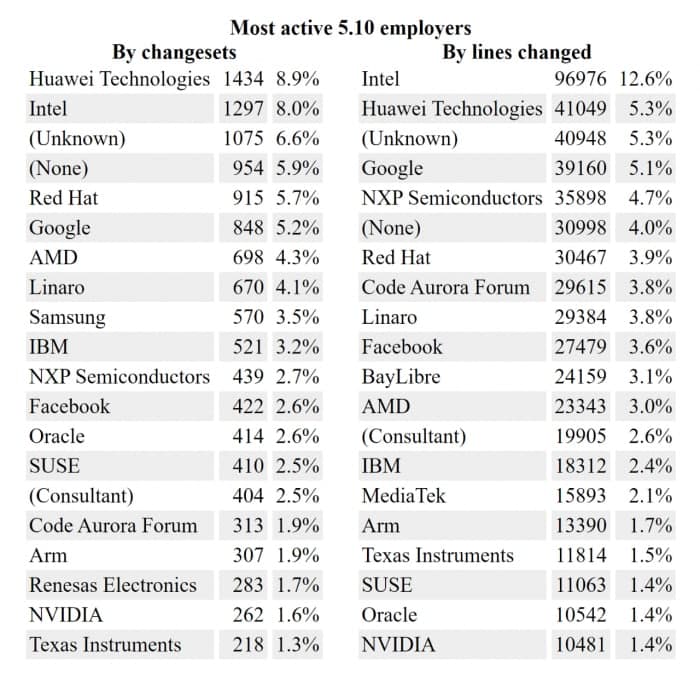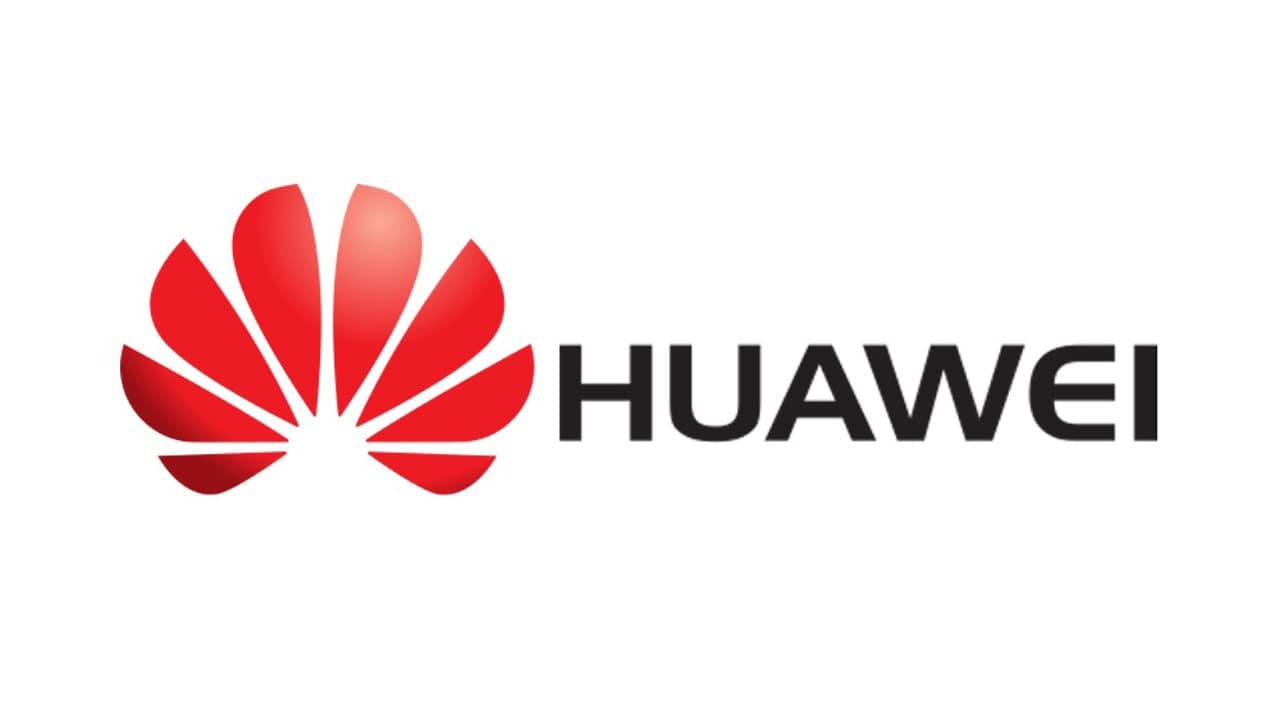Linux Kernel 5.10, Huawei submitted 1,434 patches (changesets), accounting for 8.9%, ranking first, Intel, which ranked second, submitted 1,297 patches, accounting for 8%.
In terms of modifying the number of lines of code, the top-ranked Intel modified 96976 lines of code, accounting for 12.6%; the second-ranked Huawei modified 41049 lines of code, accounting for 5.3%.
According to reports, in Linux Kernel 5.10, Huawei’s contributions are mainly in ARM64 architecture, ACPI, memory management, file system, Media, kernel documentation, and HiSilicon chip support.
In terms of the ARM64 architecture, RAID5 support under ARM64 6 4K pages is enhanced, the write performance is improved by 6 times, and the memory usage of stripe_head is reduced by 75%. Support per-NUMA CMA to improve performance.
In terms of the ACPI subsystem, support for heterogeneous devices to appear as NUMA nodes, and preparation for ACPI DFX reconstruction; memory management optimizes the slow-path of slub free and improves performance.

On the file system, F2FS supports Age-Threshold garbage collection/supports extended pure memory log header management and swap partition loading speed optimization, which improves performance by 40 times. As the maintainer of the document and Media subsystem, Mauro has done a lot of Media and document improvement work and made a lot of preparations for the direct generation of PDF from the kernel document.
In terms of HiSilicon chip support, Kunpeng processor, and Hikey970 multiple driver support and driver enhancements have been added.
In addition to features, Huawei engineers have contributed a large number of quality-hardened bugfixes and code reconstructions to the entire kernel to enhance the quality of the entire kernel.

(Via)








